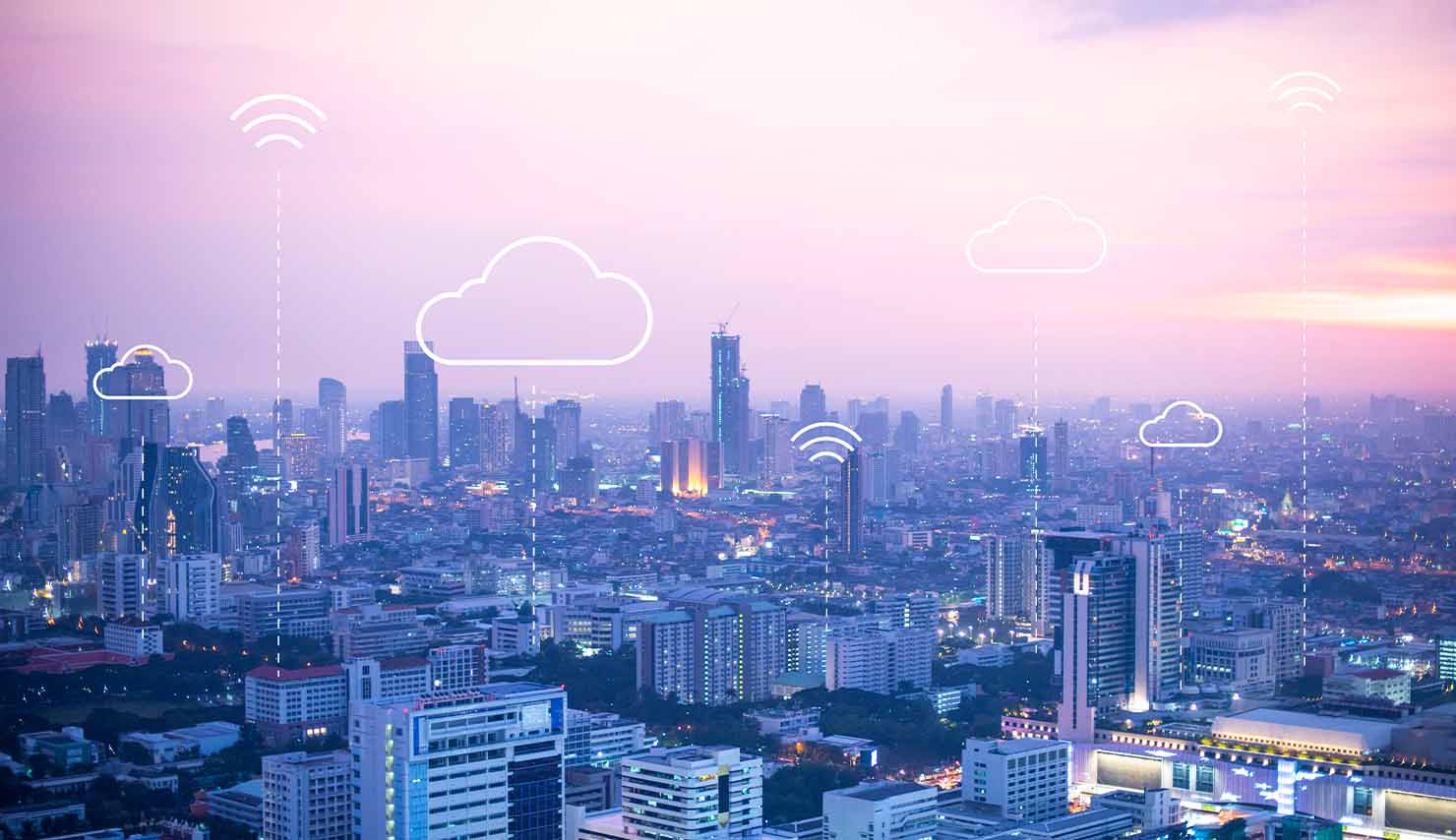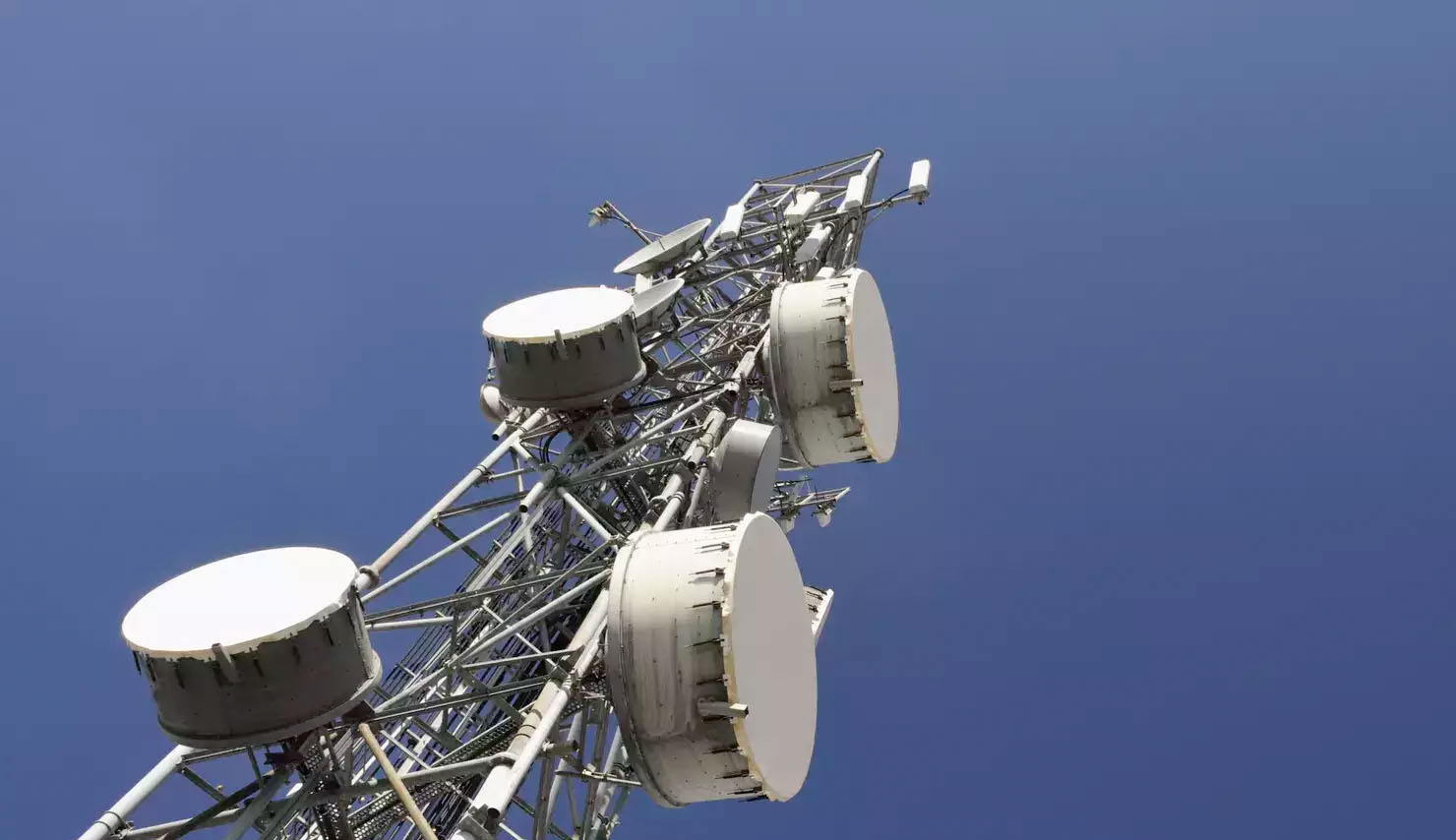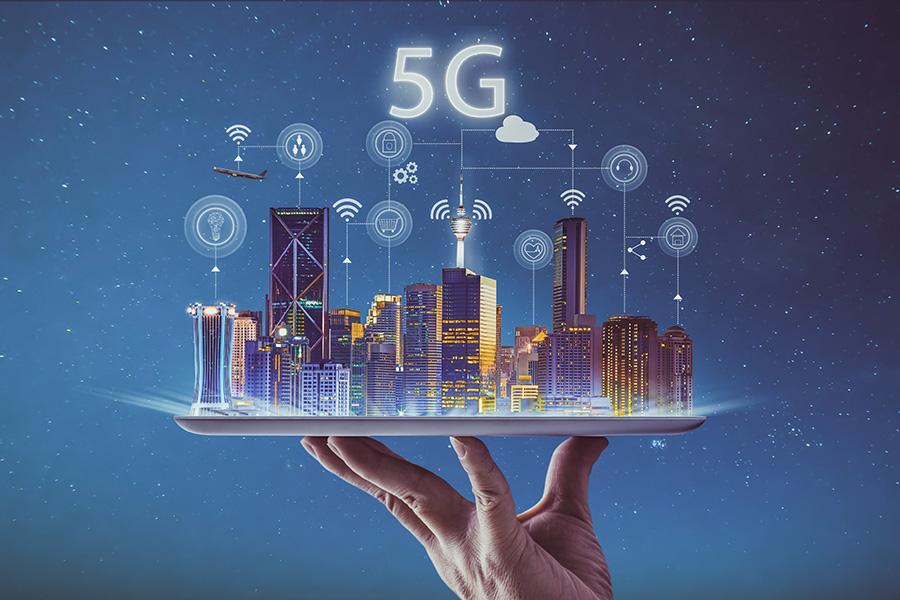 Dr. Jaijit Bhattacharya April 22, 2024
Dr. Jaijit Bhattacharya April 22, 2024
Beyond the data deluge: Building sustainable Internet ecosystem with South Korea’s fair share model
South Korea, a global leader in internet infrastructure, has emerged as a pioneer in addressing this economic disparity. The country boasts the world’s highest fiber-to-the-home… Continue reading Beyond the data deluge: Building sustainable Internet ecosystem with South Korea’s fair share model
 Dr. Jaijit Bhattacharya April 9, 2024
Dr. Jaijit Bhattacharya April 9, 2024
Centre should ensure sustainable telecom industry
Market leader Reliance Jio and Bharti Airtel have been investing heavily in aggressive next generation networks rollouts while monetisation on the back of much-touted enterprise… Continue reading Centre should ensure sustainable telecom industry
 Dr. Jaijit Bhattacharya January 31, 2024
Dr. Jaijit Bhattacharya January 31, 2024
Funding structure of internet for Large Traffic Generators: Lessons for India from the Korean model
We have already seen one of the three key telecom players, Vodafone-Idea, faltering with tremendous debt and the inability to roll out 5G. If we do not have a financially healthy telecom sector, it would be a threat to the growth of India itself.
 Dr. Jaijit Bhattacharya January 3, 2024
Dr. Jaijit Bhattacharya January 3, 2024
Telecom Conundrum: Roadmap for Telecom Networks to Avoid the Quagmire of Kalidasa Effect
Large corporate LTGs with multi-billion dollar turnovers, and with many of them being based outside of India, do not require any regulatory protection and should play by free and open market rules, in a manner similar to what TV channels used to do in the cable TV era.
 Dr. Jaijit Bhattacharya January 1, 2024
Dr. Jaijit Bhattacharya January 1, 2024
Telecom Conundrum: Roadmap for telecom networks to avoid the quagmire of Kalidasa effect
Large corporate LTGs with multi-billion dollar turnovers, and with many of them being based outside of India, do not require any regulatory protection and should play by free and open market rules, in a manner similar to what TV channels used to do in the cable TV era.
 Dr. Jaijit Bhattacharya December 8, 2023
Dr. Jaijit Bhattacharya December 8, 2023
India Deserves Better Quality Bharatnet; How to Maximise Value of Broadband Infra?
Touted as one of the world’s largest telecom projects, India is planning to spend a whopping INR 1.39 lakh crores for the third phase of its ambitious BharatNet project to expand and enhance the country’s rural internet connectivity.
 Dr. Jaijit Bhattacharya November 28, 2023
Dr. Jaijit Bhattacharya November 28, 2023
Large Traffic Generators Unleashing Kalidasa Effect on Telecom Networks: What is the Way Out?
Just like the great author Kalidasa, before he attained wisdom, had cut the same branch on which he was sitting, we find that LTGs are cutting the telecom companies, over which they operate.
 Dr. Jaijit Bhattacharya November 24, 2023
Dr. Jaijit Bhattacharya November 24, 2023
Foreign Apps Generating Large Data Volume Should Pay for Telecom Network: C-DEP President
Telecom operators and internet-based apps have been at loggerheads over the issue of revenue sharing. Telecom operators have been demanding that over-the-top (OTT) players that generate huge volumes of data should pay a fee to them for building networks like it is done to build expressways for smooth and fast rides.
 Ruben Banerjee November 10, 2023
Ruben Banerjee November 10, 2023
Indian Building Bylaws Need To Change For Better Network Connectivity Indoors
India’s building laws do not mandate telecom infrastructure as an essential ingredient before a building can be declared habitable, thereby leading to poor services indoors.
 Ruben Banerjee November 6, 2023
Ruben Banerjee November 6, 2023
Telcos, OTTs Lock Horns Over Who Shall Bear The Burden Of Carrying Data
In responses to a consultation paper floated by the Telecom Regulatory Authority of IndiaI, telcos have forcefully argued for high intensity OTTs to bear a part of the network costs based on the traffic they consume.
 Dr. Jaijit Bhattacharya November 1, 2023
Dr. Jaijit Bhattacharya November 1, 2023
Solving the Telecom Conundrum: Revenue Sharing for Equitable Networks
Navigating the challenges in India’s telecom sector requires a collaborative approach between telecom service providers and large traffic applications. Engaging in constructive dialogue and frameworks can help bolster network capacities and improve service quality, thereby contributing to the growth of the digital economy.
 Dr. Jaijit Bhattacharya August 23, 2023
Dr. Jaijit Bhattacharya August 23, 2023
Optical Fiber Along Highways To Boost Deployment Of Digital Infrastructure Across The Country
We can leverage the existing highways to roll out a quick and cost-effective, high-quality fiber optic network throughout the country, digitally and physically connecting the last person standing.